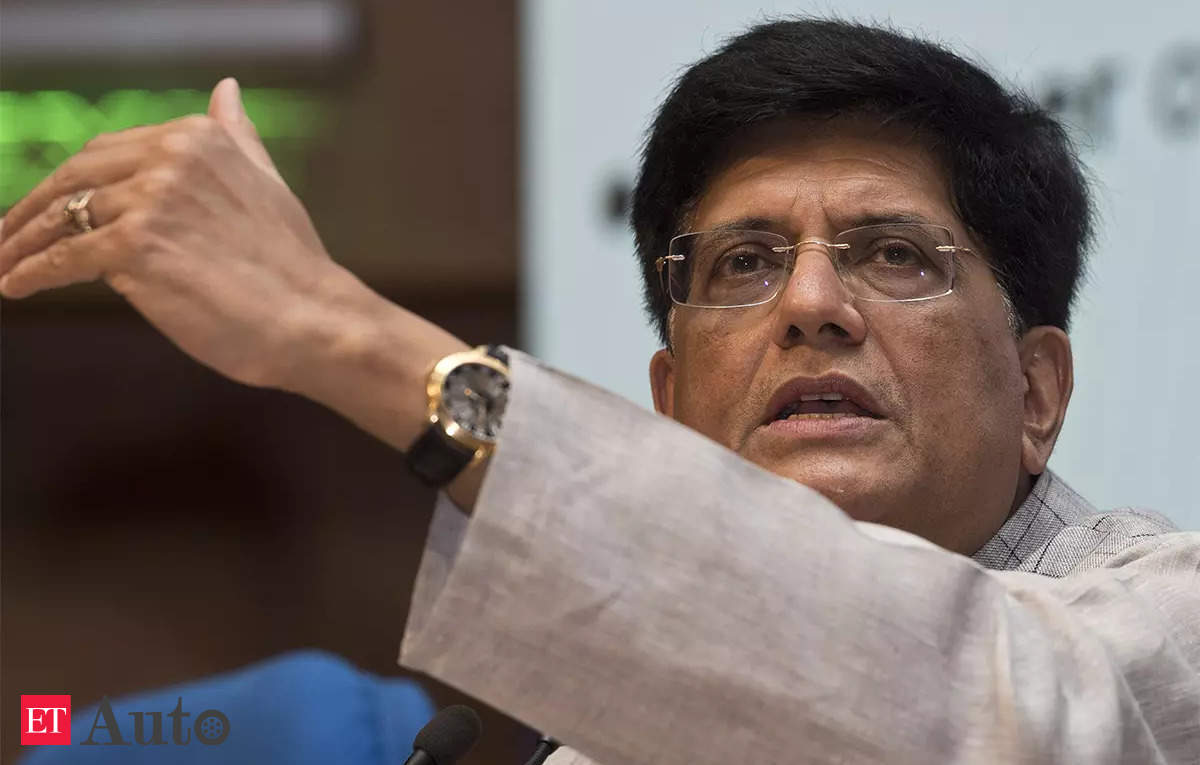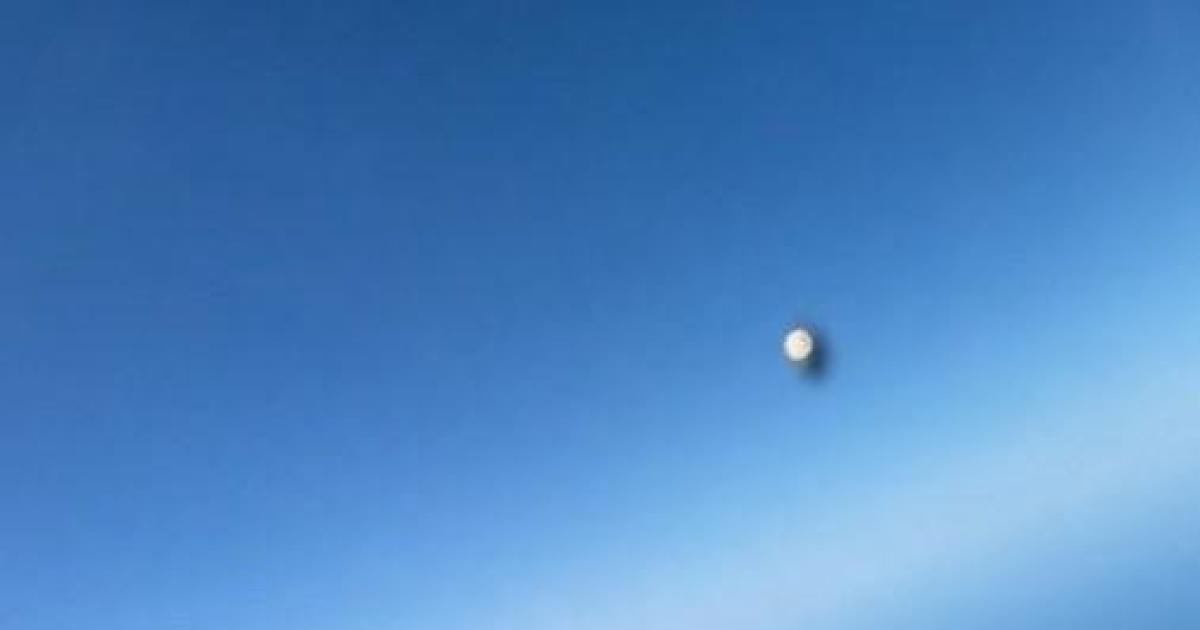Washington — An independent group of scientists and experts convened by NASA has released its report on efforts to track unidentified anomalous phenomena, or UAPs, amid growing calls for more transparency into the strange encounters.
NASA formed the group of 16 experts last year to examine how data about UAPs — the government’s official name for what were formerly known as UFOs — is collected across the government and private sector. Formally known as the Unidentified Anomalous Phenomena Independent Study, the group’s final report runs 36 pages.
NASA officials and the group’s chairman are discussing the findings at a briefing that is being streamed live in the player above.
What does the NASA UAP report say?
The report does not contain any bombshell claims akin to congressional testimony that made headlines over the summer, when a former intelligence officer alleged a decades-long government program to retrieve and reverse engineer UAP craft, which the Defense Department denied.
Instead, the NASA group focused on examining how the space agency can “contribute to a comprehensive, government-wide approach to collecting future data” about UAP incidents, as the report puts it.
“The top takeaway from the study is that there is a lot more to learn,” NASA Administrator Bill Nelson said at the briefing. “The NASA independent study team did not find any evidence that UAP have an extraterrestrial origin. But we don’t know what these UAP are.”
The report notes that a small subset of UAP encounters “cannot be immediately identified as known human-made or natural phenomena.” Understanding these incidents “will require new and robust data acquisition methods, advanced analysis techniques, a systematic reporting framework and reducing reporting stigma,” the report notes.
While NASA’s satellites pointed at Earth can’t detect objects as small as UAPs, they do have the capability to “probe the state of the local earth, oceanic, and atmospheric conditions” that might help to explain some incidents that are detected by other sensors.
“NASA’s assets can play a vital role by directly determining whether specific environmental factors are associated with certain reported UAP behaviors or occurrences,” the report says.
The group says the commercial satellite industry does have the capability to take higher-resolution images: “Although every point on Earth does not have constant high-resolution coverage, the panel finds nonetheless that such commercial constellations could offer a powerful complement to the detection and study of UAP when coincident collection occurs.”
NASA defines UAPs as “observations of events in the sky that cannot be identified as aircraft or known natural phenomena from a scientific perspective.” The study group was tasked with “identify[ing] how data gathered by civilian government entities, commercial data, and data from other sources can potentially be analyzed to shed light on UAPs,” NASA said when the study began.
Current data collection, Thursday’s report notes, “is hampered by poor sensor calibration, the lack of multiple measurements, the lack of sensor metadata, and the lack of baseline data.” The space agency’s expertise “should be comprehensively leveraged as part of a robust and systematic data acquisition strategy within the whole-of-government framework.”
Members held their first and only public meeting about their work in May and stressed the need for better data about UAPs across the board, including clearer photos and videos of the incidents. One scientist stressed that the group hadn’t seen “any evidence that indicates that UAPs have anything to do with extraterrestrial phenomena.”











